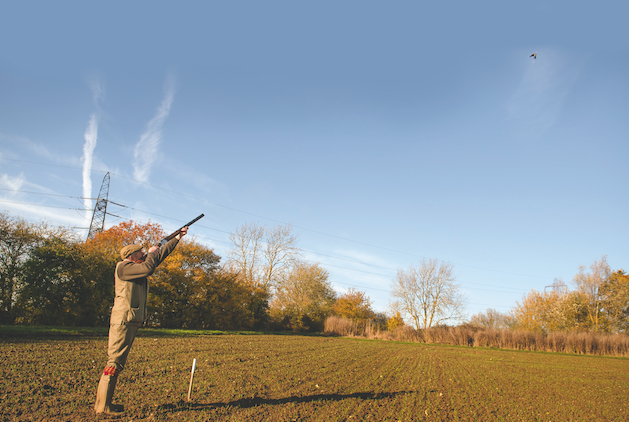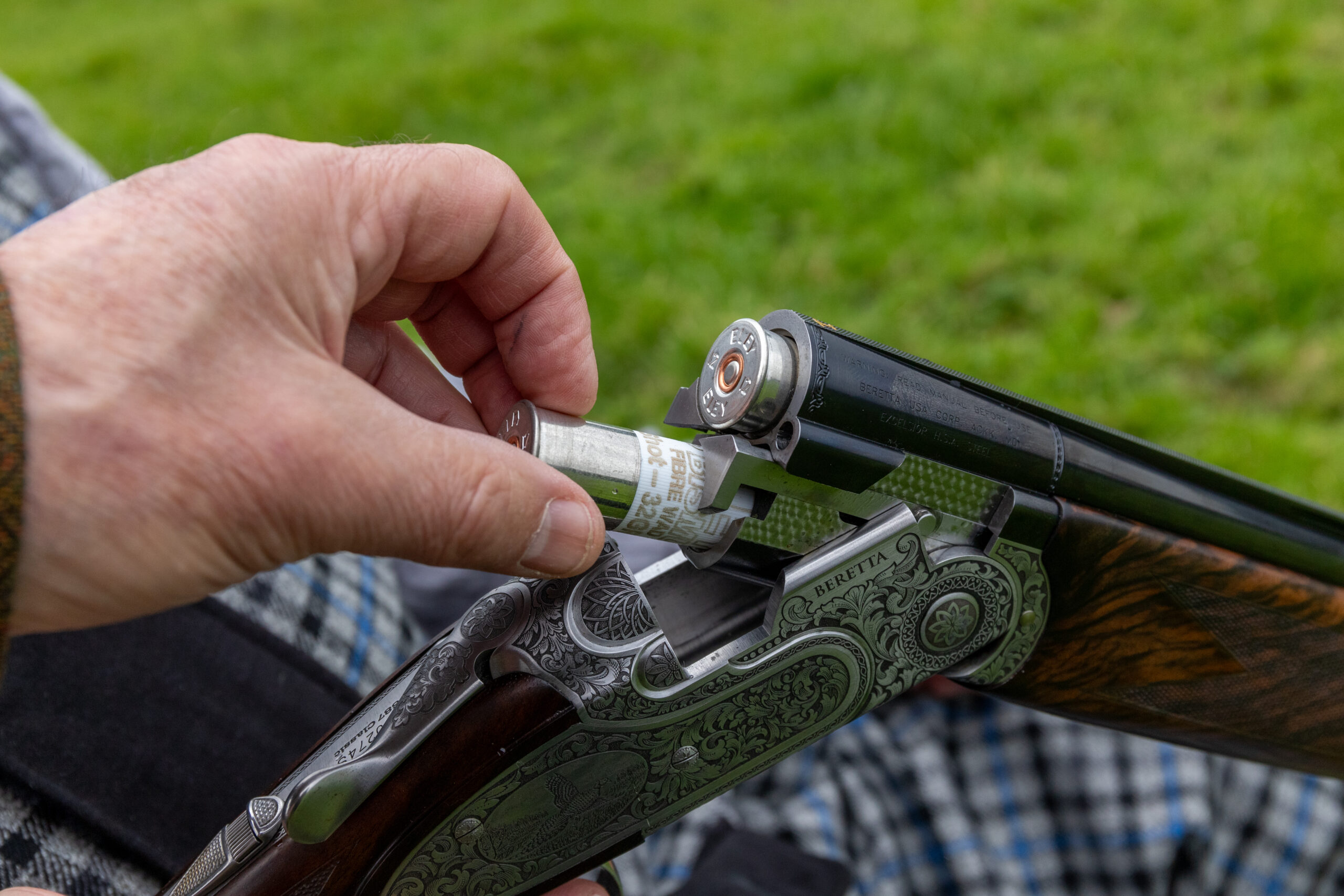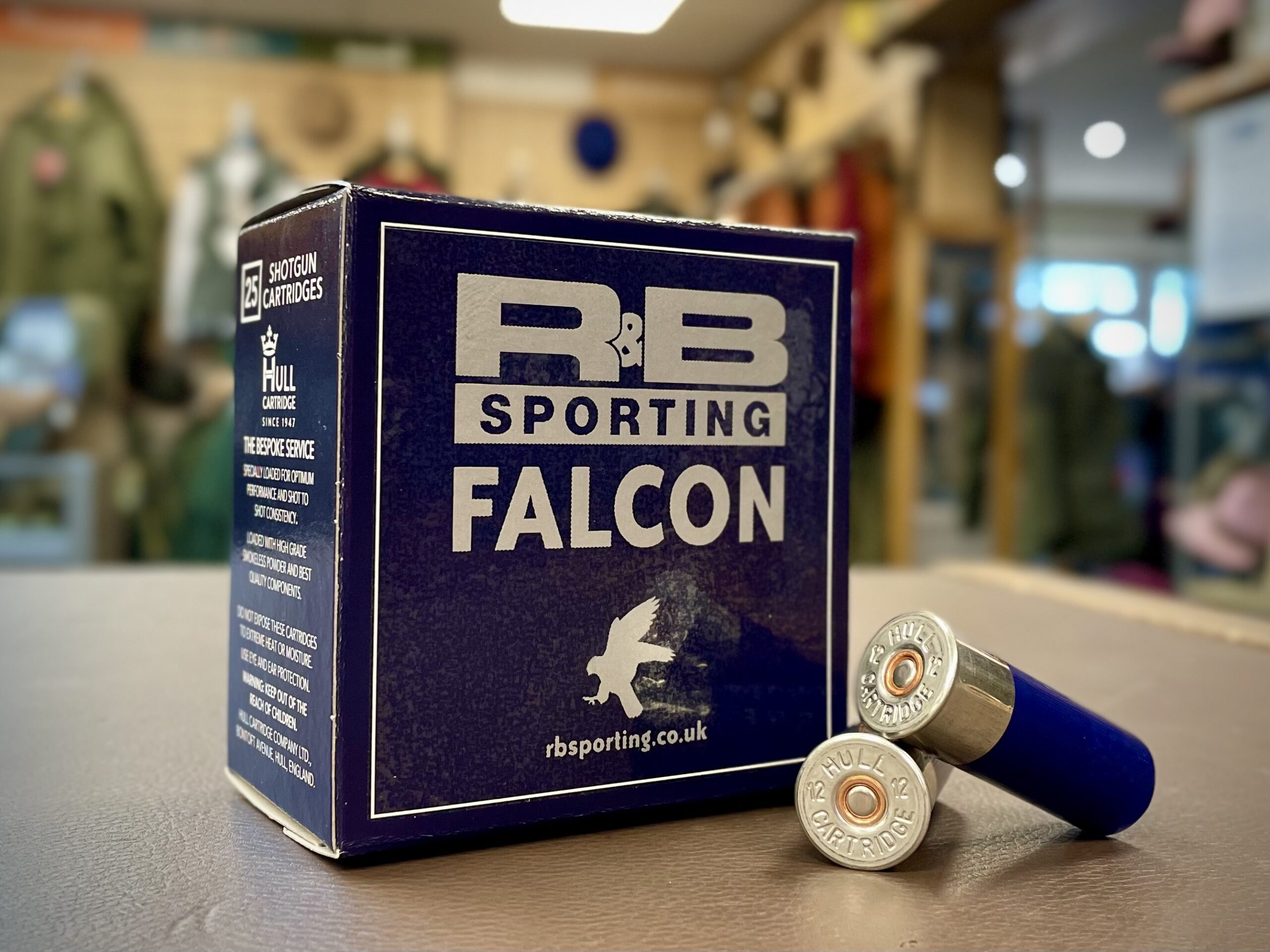How does your shot measure up?
Fashion can influence favoured equipment but shot size should always be chosen to ensure a clean kill, says Simon Reinhold

Shot size should always be chosen to ensure a clean kill
Like much in game shooting, our choice of shot size has evolved. The era before international corporations dominated the UK shooting market, and US-style marketeers brought professional persuasion to an unsuspecting public, was quite different. But not necessarily bad.
There is much in modern game shooting to be proud of, not least the fact that it is so much more accessible to anyone who is prepared to abide by some simple rules of safety and sportsmanship.
Shot size choice changes
If you go back a generation, most shot game was killed at a reasonably close range with open chokes and the most popular load was 28g English No 7s. The choice of shot size is always a trade-off between pattern and penetration. The smaller the pellet the better the pattern, but you lose penetration the further you extend the range.
On the other side, there are more gaps in the pattern with larger shot even though it penetrates to the vital organs at a greater distance. So people tightened up their chokes and used larger shot weights.
The trend over time has been towards larger shot sizes and tighter chokes. Shot weights crept up from 28g towards 32g to try to improve patterns with more pellets in each cartridge. This coincided with the over-and-under becoming a frequent sight on the peg and its greater weight meant it was more comfortable to shoot bigger loads.
The over-and-under also came with 70mm chambers — a larger load of bigger pellets wasn’t easy to cram into a 65mm case.
This momentum didn’t slow as the marketeers realised the benefits of sponsored shooters and wider coverage. Their competition guns were now acceptable and their skill level meant they began to seek higher birds. Today we are running out of synonyms for the word ‘extreme’ for newly offered cartridges.
For the average Gun, shooting reasonable birds, my advice would be not to change the recipe throughout the season. Start with a 28g or 30g UK No 6 in a 12-bore and finish with the same. Find a brand of cartridge that you like and stick with it. That way, when the wheels fall off during a drive, as they sometimes do for us all, you cannot blame the cartridge.
Having said that, there are some caveats. For 20-bore and 16-bore shooters at reasonable distances shot weights can range from 24g to 28g and 6’s are fine for most things.
My preferred cartridges for my 16-bore come from Italy so they measure a UK No 5.5 (2.75mm). They pattern extremely well and the greater knockdown power of a ‘continental No 6’ — as they are often referred to — (UK 5.5) has been noticeable. Some UK manufacturers offer ‘continental shot sizes’.
Typically, Spanish and Italian manufacturers, who make some of the best-selling cartridges, measure their shot sizes half a shot size bigger than UK manufacturers.
Helpfully, however, they often print the size in millimetres on the cartridge case as well as the box. Grouse and partridges are often shot successfully with a shot size No 7 but still I would advise to stick with the same recipe for most gamebirds if possible.

Changes to shooting practices mean that shot size is continually evolving and we are moving towards steel
Woodcock and snipe
If you are on a more specialist shoot, you may need to vary your shot size to ensure a higher chance of a clean kill. For smaller species, such as woodcock and snipe, a good pattern is key. Penetration is not a concern because with a smaller, lighter-boned species, the pellet has a better chance of penetrating to the vital organs for an instantaneous, humane death. Shot sizes 7.5 and 8 (with a fibre wad) are the cartridges of choice.
As a picker-up it is interesting to note how larger shot sizes are a disadvantage when shooting woodcock. These birds are most often encountered later in the season driving woods for pheasants, and Guns go equipped with shot sizes for cock pheasants. While they are good for pheasants, they are not the best for woodcock; if you are on a specific woodcock day it’s best to go to 7s or smaller.
Wildfowl must be shot with non-lead cartridges, as we know. If you are equipped with lead for game shooting, any wildfowl must be left.
For those not used to them, higher bird shoots, both pheasant and partridge, can be tackled with 32g No 5s and, in reality, your skill level is going to fail before the cartridge will. The 36g No 4s will not make up for an individual’s inability to read the line of a gliding bird from the bottom of a valley. If you are new to it, remember that to leave a bird you know is more likely to be wounded than killed shows integrity and sportsmanship.
Tristan Kirk, a director of Lincolnshire Game, which is one of the main game meat processors in the UK, said: “We find larger pellets in both lead and steel tend to give a more saleable product at the end, as one pellet will do the job that several smaller pellets might otherwise have to. This will be a benefit as we move towards bigger pellets in steel shot game next season.”
Hare shoots
After the game season in East Anglia, hare shoots are a fixture on many farms and estates. It is vital to use enough gun and, if you haven’t shot ground game for a while, you should practise on the rabbit targets at your local clay ground before you go. Many shoots insist on Guns attending using shot size 4 because they know from experience that it gives the greatest chance of a humane shot.
Keepers are looking for safe, competent shots on a hare shoot. This is not the place for you to look to prove your favoured 28-bore is capable — No 4s out of a 28-bore simply don’t have the required pattern for the job. To ignore the requests from the professional keepers organising the day you risk standing out for all the wrong reasons.
Consistency with your cartridge choice will stand you in good stead for most of your game shooting. The only time I will vary the recipe is if I am engaged in a specialist day that requires larger or smaller shot sizes. In all circumstances, we should be looking for the best combination of pattern and penetration to ensure a humane result that puts a quality meal on the table.








